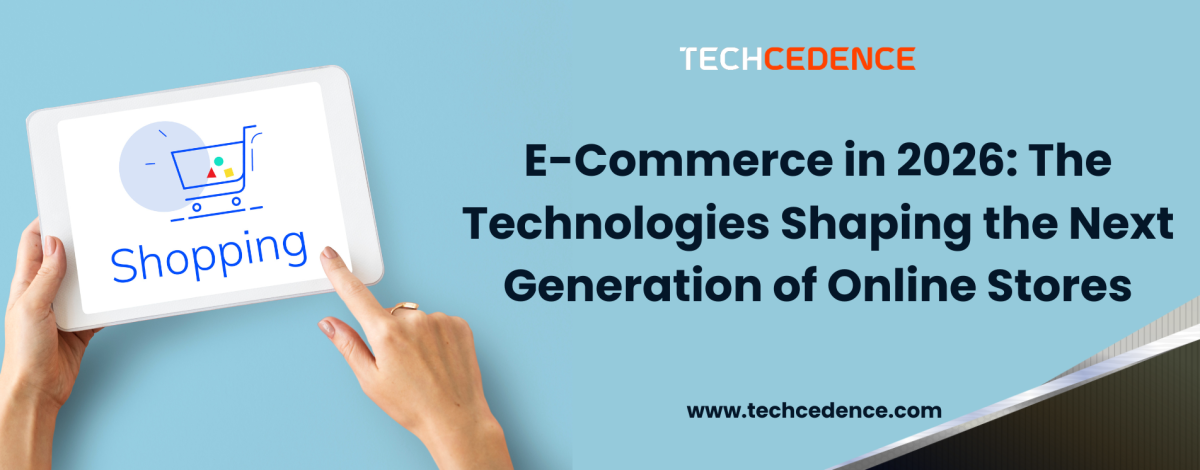Organizations today possess vast quantities of data from various sources. This data needs to be transformed into actionable insights (i.e., to inform business decisions) to guarantee ongoing growth and expansion. Companies relying on substantial data volumes have started incorporating BI systems into their operations. Enterprises can trust their BI to assist in making decisions about the future of their business.
Not every BI solution on the market is equipped to deal with enterprise-level complexity. As enterprises become larger, they need to be able to support massive amounts of data, multiple data sources, stringent data security controls, and many different types of users. In order to find the right BI solution, enterprises need to look beyond just building a few simple dashboards and reports, and look for solutions that are scalable, reliable, and will provide long-term value.
When implementing a BI solution for an organization, it is essential that the solution meets the needs of the organization and its employees; therefore, the first step is to determine what types of features they require to build a BI system that supports enterprise-wide decision-making.
Scalability and Performance
Scalability is essential in business intelligence. The ability to store and process a volume of data, user numbers, and the complexity of the data without degrading performance is critical for a BI solution. As BI solutions are being used to help decision-making teams throughout the organization, slow performance or system limitations can create bottlenecks in operations.
A well-designed BI Solution will provide consistent and reliable performance regardless of how many users are accessing it at one time. It should provide a way to run parallel queries and access to very large datasets and generate reports in real time and without waiting. With a BI solution that provides this kind of performance, organizations can be confident that their analytics capabilities will continue to grow as their business grows.
Data Integration and Connectivity
Typically, enterprise data is not held by one system alone; therefore, the foundation of any robust business intelligence application must include seamless connections to multiple enterprise data sources, such as ERP, CRM, databases, cloud applications, etc., to provide a comprehensive and accurate picture of the organization and the insights derived from that picture. Strong integration capabilities enable organizations to obtain real-time access to the insights that are based on an organization’s overall view of its operations.
Real-time connectivity allows enterprises to make quick decisions based on the latest information, while batch processing allows businesses to conduct deeper analytical evaluations of various aspects of their business. An Enterprise BI platform eliminates the barriers of data silos between departments within the organization and provides consistent, reliable, and timely insight for teams to use in their production, planning, and decision-making.
Security and Access Control
When selecting a business intelligence platform, security should be one of the first things you think about. BI systems typically contain confidential information about a company’s finances, operations, and customers. BI systems must therefore offer high levels of security. A dependable BI solution will allow users to set up role-based access controls, so that users will only see the information that they need to see for their specific job function.
In addition to user permissions, a BI solution must also include a high level of protection for data through the use of data encryption and secure audit logs. If an organization can demonstrate compliance with regulatory guidelines, it will be more inclined to use the platform due to the confidence that it provides in protecting its data.
Advanced Analytics and Reporting
Business Intelligence (BI) platforms should not limit themselves to basic reporting. Instead, BI platforms should provide organizations with the ability to gain insights, analyze trends, and recognize patterns to support strategic decision-making. By providing interactive dashboards, drill-down reporting capabilities, and customizable views, BI platforms offer users more ways to investigate their data at a deeper dive.
Advanced analytics capabilities like predictive insights and scenario analysis allow enterprises to transition from reactive reporting methodology to proactive planning.
Equally important is self-service reporting, wherein business users can develop and modify reports without being dependent on IT departments. By creating a synergy of self-service reporting and advanced analytics capabilities, organizations will be able to improve efficiencies and expedite data-driven decision-making.
Data Governance and Quality Management
The accuracy and consistency of data are crucial for any organization using a business intelligence solution; therefore, it is imperative that the platform incorporates governance functionalities so that data is validated, standardized, and made trustworthy before it is used. If no proper governance controls are in place, organizations will find that they receive fragmented and unreliable insights from their business analysis tools.
Management tools focused on quality management, such as audit trails, version control, and data validation rules, are essential to maintaining confidence in the information employees rely upon when making decisions. These same capabilities assist organizations with compliance and accountability, helping organizations make the best possible use of their analytics efforts while managing their data in a compliant manner as they expand their analytic capabilities.
Usability and Adoption
Even the strongest business intelligence platforms provide little benefit if users have problems using them. In a larger environment, usability is very important to allow insights to reach both technical and non-technical users. A user-friendly interface will enable users to use dashboards, create reports, and analyze information with minimal training.
High rates of adoption for your platform will result from being easy to use, having a consistent look and feel, and being quick to respond. If employees can find insights without having to rely heavily on specialists, companies will experience faster decisions and greater participation in using data across departments.
Customization and Flexibility
Enterprise organizations use specific reporting formats, KPIs (Key Performance Indicators), and Workflows, as these can change based on the Business Model. Therefore, BI Applications must include a flexible Configuration option to rebuild dashboards, reports, and metrics without extensive work. This lets teams implement insights that fit their unique Business needs and workflows.
A Customizable Configuration allows for changes based on the evolution of an organization’s size and structure. When adding or modifying Data Models and Source Systems, customizing the BI Application ensures it will continue to meet the needs of the Business and remain beneficial.
Integration with Existing Systems
It is essential for a Business Intelligence platform to be integrated into your organization’s existing technology ecosystem. Integration with core business systems will ensure the accuracy of business activities and will help prevent double entry of data into multiple systems.
In addition, Strong API support and extensibility will allow your organization to continue to connect to both current technology and any future technology as it evolves. Through proper integration, an Enterprise will be able to simplify the complexities of establishing an implementation, maintain consistent data, and maximize the returns on its existing investments.
How Techcedence Supports Enterprise Business Intelligence Initiatives
Introducing a Business Intelligence platform at an enterprise level requires a thorough understanding of the company’s current needs, future goals, data sources, security requirements, and the long-term growth of the company. Techcedence is an organization that has many years of experience helping enterprises in these areas.
Techcedence partners with enterprises to create BI solutions tailored specifically to their unique operational and business strategy needs. Techcedence integrates and configures multiple data sources into an organization’s BI infrastructure and designs dashboards and analytics that users will need to provide real-time insights that lead to sound business decisions.
Techcedence places a high emphasis on the importance of performance, governance, and usability in creating enterprise BI platforms that allow enterprises to make well-informed business decisions, grow sustainably, and remain successful. Techcedence is focused not only on enabling enterprises to leverage advanced technology but also on enabling organizations to use their data as a reliable asset.









